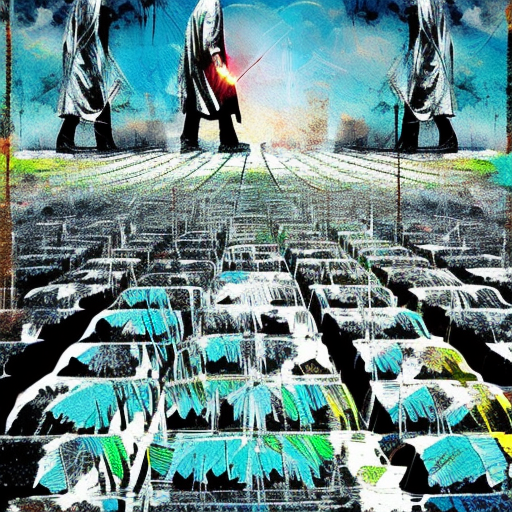The New Jim Crow: Mass Incarceration in the Age of Colorblindness
One-line summary: “The New Jim Crow” explores the racial bias and systemic oppression within the American criminal justice system, revealing how mass incarceration perpetuates racial inequality in a supposedly colorblind society.
In “The New Jim Crow: Mass Incarceration in the Age of Colorblindness,” author Michelle Alexander examines the deeply rooted racial bias and systemic oppression within the American criminal justice system. The book exposes how mass incarceration functions as a modern-day form of racial control, perpetuating racial inequality in a society that claims to be colorblind. Alexander argues that the War on Drugs, combined with biased policing and sentencing practices, has disproportionately targeted Black communities, resulting in the creation of a new racial caste system. Through a comprehensive analysis of historical context, legal cases, and statistical data, Alexander presents a compelling argument for the urgent need to address and dismantle the oppressive structures that perpetuate racial injustice in America.
The Origins of Mass Incarceration
“The New Jim Crow” begins by tracing the historical roots of mass incarceration in the United States. Alexander highlights the transition from the era of slavery to the Jim Crow era, where racial segregation and discrimination were enforced through laws and policies. She then explores how the Civil Rights Movement led to the dismantling of overtly racist laws, but failed to address the underlying systemic racism that persisted. The War on Drugs, initiated in the 1970s, becomes a pivotal turning point as Alexander reveals how it disproportionately targeted communities of color, particularly Black communities, leading to a surge in arrests and incarceration rates.
The Racial Bias in the Criminal Justice System
Alexander delves into the racial bias embedded within the criminal justice system, exposing how it perpetuates racial inequality. She highlights the discriminatory practices of law enforcement, such as racial profiling and aggressive policing in minority neighborhoods. The author also examines the role of prosecutors, judges, and juries in perpetuating racial disparities in sentencing and conviction rates. Through numerous examples and statistical evidence, Alexander demonstrates how the system disproportionately targets and punishes Black individuals, resulting in the creation of a racial caste system that denies them basic rights and opportunities.
The Consequences of Mass Incarceration
“The New Jim Crow” explores the devastating consequences of mass incarceration on individuals, families, and communities. Alexander reveals how the collateral consequences of a criminal record, such as employment and housing discrimination, perpetuate a cycle of poverty and marginalization. She argues that the criminal justice system effectively traps individuals in a cycle of recidivism, making it nearly impossible for them to reintegrate into society. The author also examines the impact on children and families, highlighting how the incarceration of a parent disrupts family structures and perpetuates intergenerational cycles of poverty and criminalization.
Key Takeaways:
- Mass incarceration functions as a modern-day form of racial control, perpetuating racial inequality.
- The War on Drugs disproportionately targets communities of color, particularly Black communities.
- Racial bias is embedded within the criminal justice system, from law enforcement to sentencing practices.
- Mass incarceration has devastating consequences on individuals, families, and communities.
- The system perpetuates a cycle of poverty, marginalization, and recidivism.
As Michelle Alexander powerfully states in “The New Jim Crow”: “We have not ended racial caste in America; we have merely redesigned it.”
The book serves as a wake-up call, urging readers to confront the systemic racism ingrained in the criminal justice system and work towards dismantling the oppressive structures that perpetuate racial inequality. It challenges the notion of a colorblind society and calls for a collective effort to achieve true justice and equality for all.












